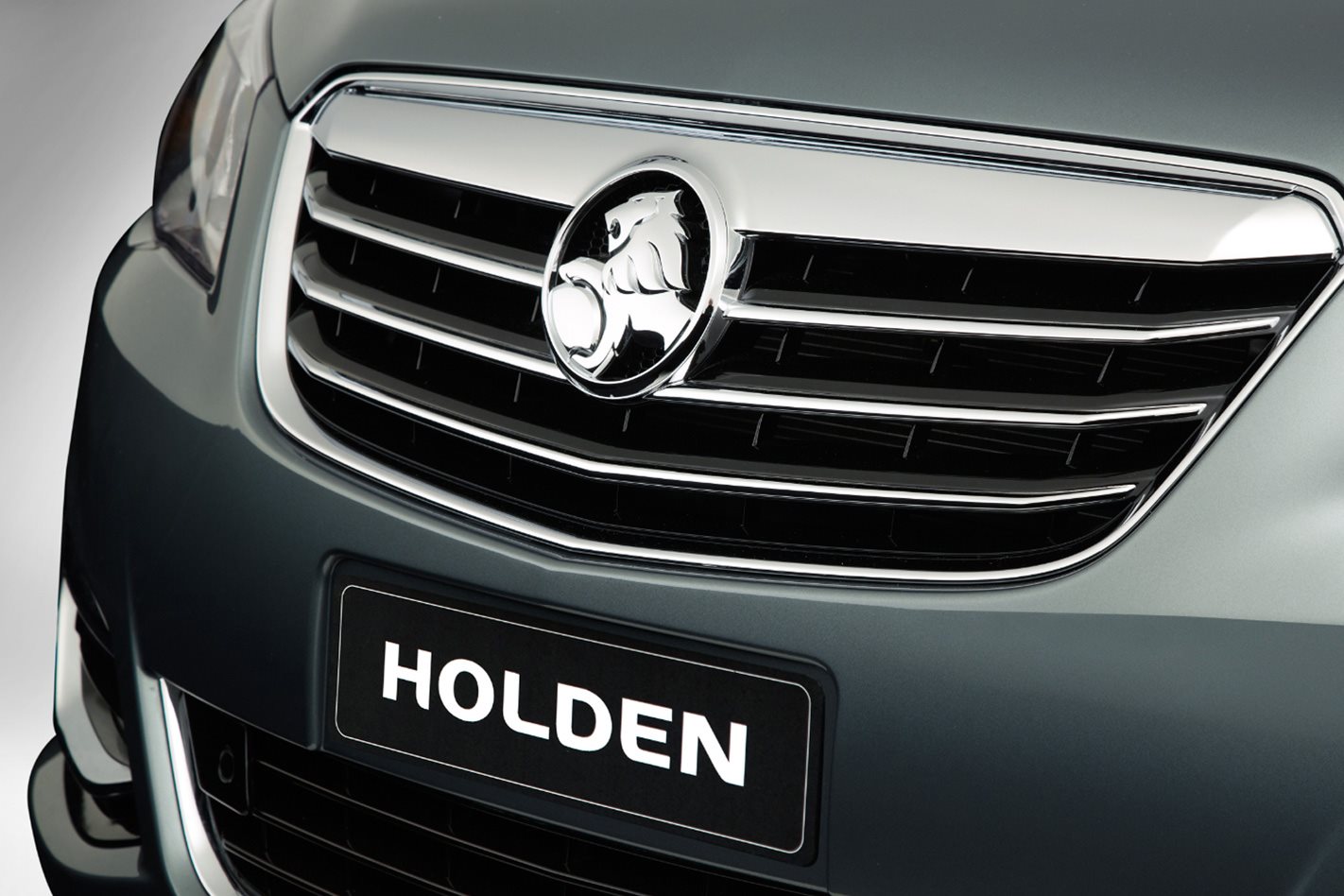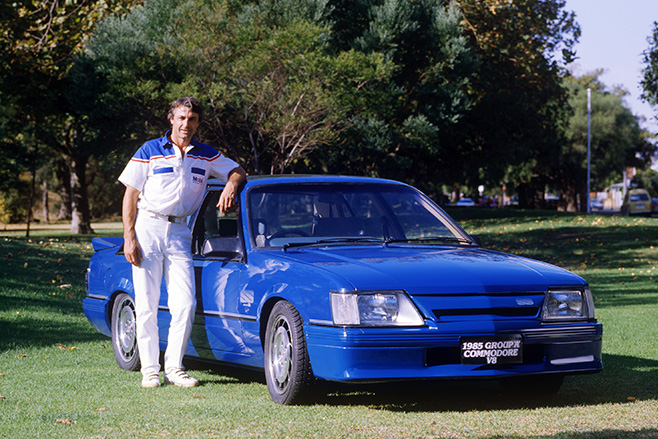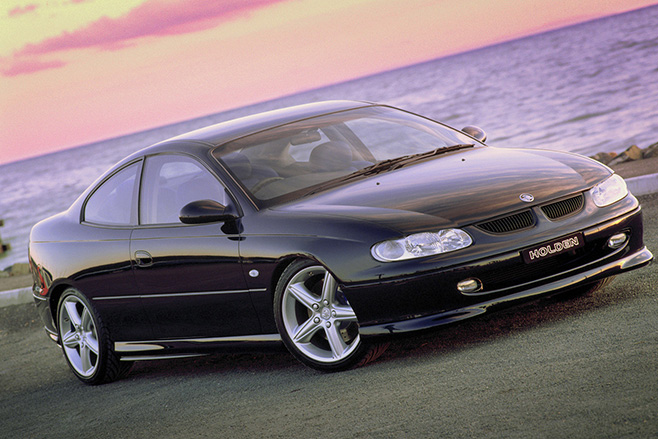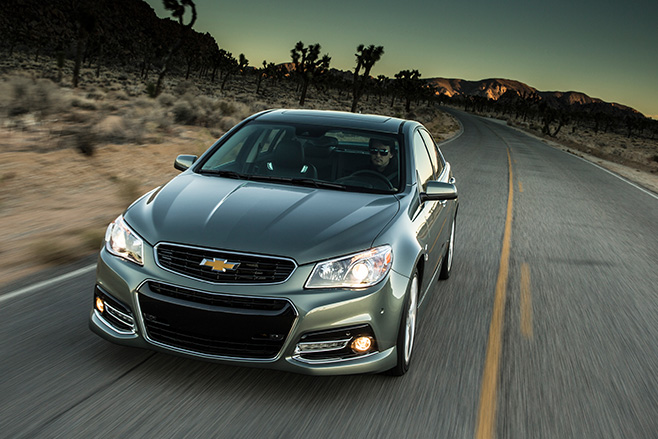
In our Fast Facts series, WhichCar delves deep into the history of automotive brands to bring you fascinating facts and intriguing information. Here we focus on Holden, the company started by an Englishman but became an Australian legend with cars such as the FJ, Torana, Monaro and, of course, the Commodore.
Saddling up
Holden started life with horses rather than horsepower. Englishman James Alexander Holden started his Adelaide-based saddlery business in 1856 – two years after arriving in Australia as a 19-year-old. It was under the stewardship of son Henry, in the early years of the 20th century, that the leather manufacturer transitioned into a car-body trimmer, then body builder.
The General takes command
Holden’s Motor Body Builders had established a hugely successful operation by the 1920s but a downturn in sales towards the end of the decade forced the company to diversify into other product areas including fruit packing cases, steel filing cabinets and golf-club heads. In 1930, it approached General Motors about expanding ties already formed years earlier. A merger was signed in 1931, giving General Motors control of Holden while the company retained its Australian management and character.
Lion and the stone
Holden’s famous “lion and stone” badge was first designed in 1928, and symbolised the fable of man inventing the wheel after observing lions rolling stones with their paws. It was tweaked in the 1970s and 1990s, and most recently in 2016 as part of the company’s efforts to rebrand its image, though for marketing rather than car badges.

First all-Aussie car
Until 1948, Holden had been manufacturing bodies and chassis for brands such as Pontiac and Oldsmobile for sale in Australia. Then came the Holden 48-215, the first all-Australian car – a six-cylinder family sedan. The model more commonly known as the ‘FX’ would be the catalyst for the brand’s dominance of the local market in the 1950s.
FJ
A revamped version of the FX, the FJ, becomes a more iconic model, helping to push GMH production beyond half a million cars by the end of the decade – resulting in one in three Australians driving a Holden product. It’s also the first Holden to be exported, to New Zealand from 1954. Holden built a stunning custom concept called the Efijy in 2005 as tribute to its famous FJ.

Safety leader
GM-Holden set the standard for inclusive safety features in the 1960s, and is the first local manufacturer to fit seatbelts in all models.
Football, meat pies, kangeroos …
Arguably one of Australia’s most memorable TV commercials was released in the 1970s with Holden’s ‘We love football, meat pies, kangaroos and Holdens’ jingle. The ad, which mixed Holden cars with Australian cultural icons, was borrowed from the ‘Baseball, hot dogs, apple pie and Chevrolet’ campaign of its GM sister brand.
All hail the Commodore
A car based on two European Opels – the Rekord and Senator – replaced the popular Kingswood begins an Australian legend in 1978. While initial omens weren’t good – the car was smaller than the rival Ford Falcon, and expensive engineering was required to overcome structural brittleness of the Opels discovered during arduous local testing – the Commodore would become a huge sales success. After exchanging market leadership with the Falcon several times in the late 80s and early 90s, from 1996 the Commodore went on a 15-year run as Australia’s most popular vehicle.
On all fours, and just fronts
Two models in the 1980s establish firsts for Holden. The Jackeroo becomes the company’s first 4WD passenger vehicle, while the (JB) Camira is Holden’s first front-wheel-drive model.
King of the mountain
The late Peter Brock’s unsurpassed nine Bathurst 1000 victories were scored between 1972 and 1987 – and all in Holdens, ranging from the LJ Torana to the VL Commodore SS Group A. Brock’s success linked him umbilically to Holden and he even formed an official tuning house called HDT Special Vehicles in 1980. However, his persistence with an Energy Polariser led to an acrimonious split with Holden. While Brock was convinced the Polariser improved the VL Commodore’s driving experience through crystals and a magnet said to align the car’s molecules, neither Holden nor GM engineers could validate the claim. Performance Holdens subsequently become the domain of Holden Special Vehicles (watch out for its own dedicated Fast Facts article next week).

Monaro reborn
Back in a day when teaser campaigns didn’t exist and motor shows could offer genuine surprises, Holden stunned gatherers at the 1998 Sydney motor show when it whipped the covers off the Commodore Coupe. The public reaction was such that Holden had little choice but to build it – and just three years later it emerged as the modern-day successor to the 1968 Monaro coupe muscle car.

Export blow
Holden announced in late 2007 that its impressive VE Commodore, developed at a cost of $1 billion, would be exported to the US to become a Pontiac G8. The ute variant was meant to follow with Holden becoming GM’s focal point for rear-wheel-drive expertise, but the global financial crisis curtailed the important program – and led to General Motors axing the Pontiac brand to help revive the parent company’s fortunes.
New era
The Commodore actually returned to the US in 2013, this time rebadged as a Chevrolet SS – though at the end of the year Holden announced it would follow Ford in the cessation of local manufacturing – though about a year later, at the end of 2017. From 2018 onwards, Holden will be a full-line importer only, with most models to either be rebadged Chevrolets from North America or rebadged Opels from Europe. That includes the 2018 Commodore, which will be based on the Opel Insignia.





